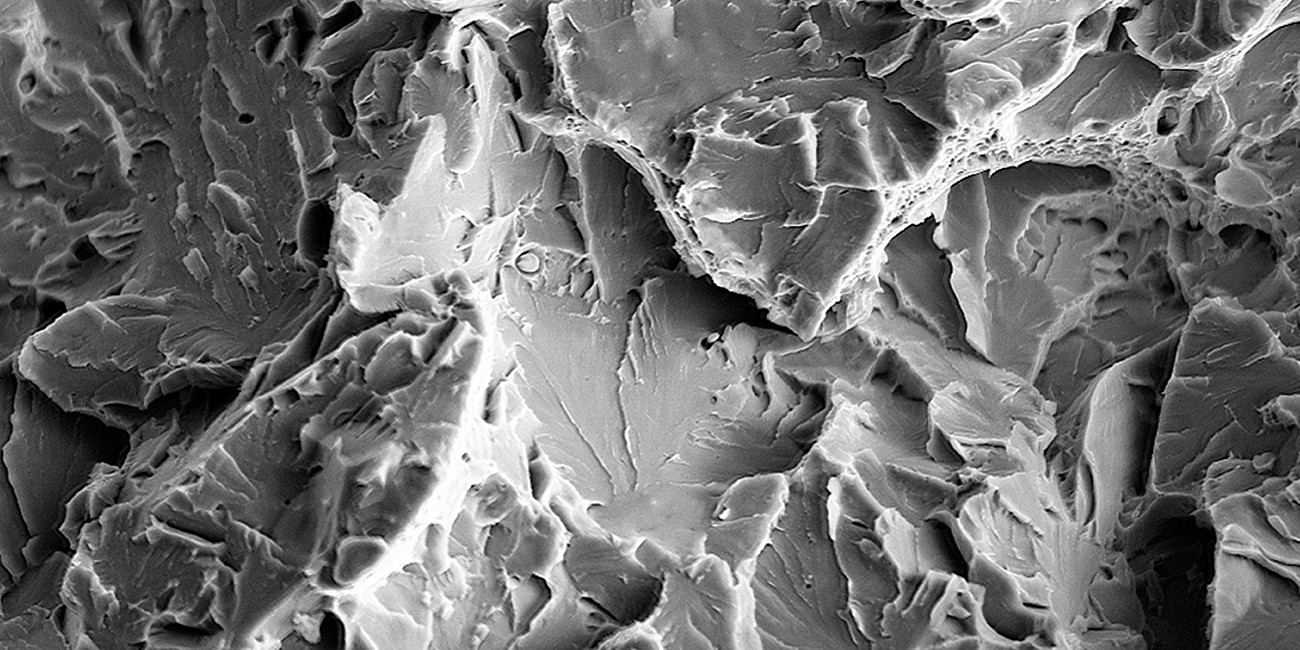Main activity
The field of competence “X-Ray Analysis” deals with the analysis and characterization of components and component conditions by means of X-rayographic methods. This is achieved using powerful and modern analytical methods in combination with many years of experience in the field of X-ray analysis.
The main focus of the competence field is the fundamental characterization of crystalline layers of all kinds (especially with the special field of thin film analysis), the detection and evaluation of residual stresses of various materials, retained austenite determinations, X-ray transmission tests and computed tomography.
With the available equipment, there are practically no limits to the component sizes, starting with a few 100 µm upwards. By means of a mobile X-ray diffractometer for residual stress analysis, non-destructive measurements can be performed directly on the component without destroying it.
Computed tomography analysis allows three-dimensional visualization of sub-micrometer level features up to non-destructive analysis of real components with 50 cm edge length and 10 kg weight.
The fields of activity include in detail:





